Some Maryland Parks Get Busy — So Try These Instead
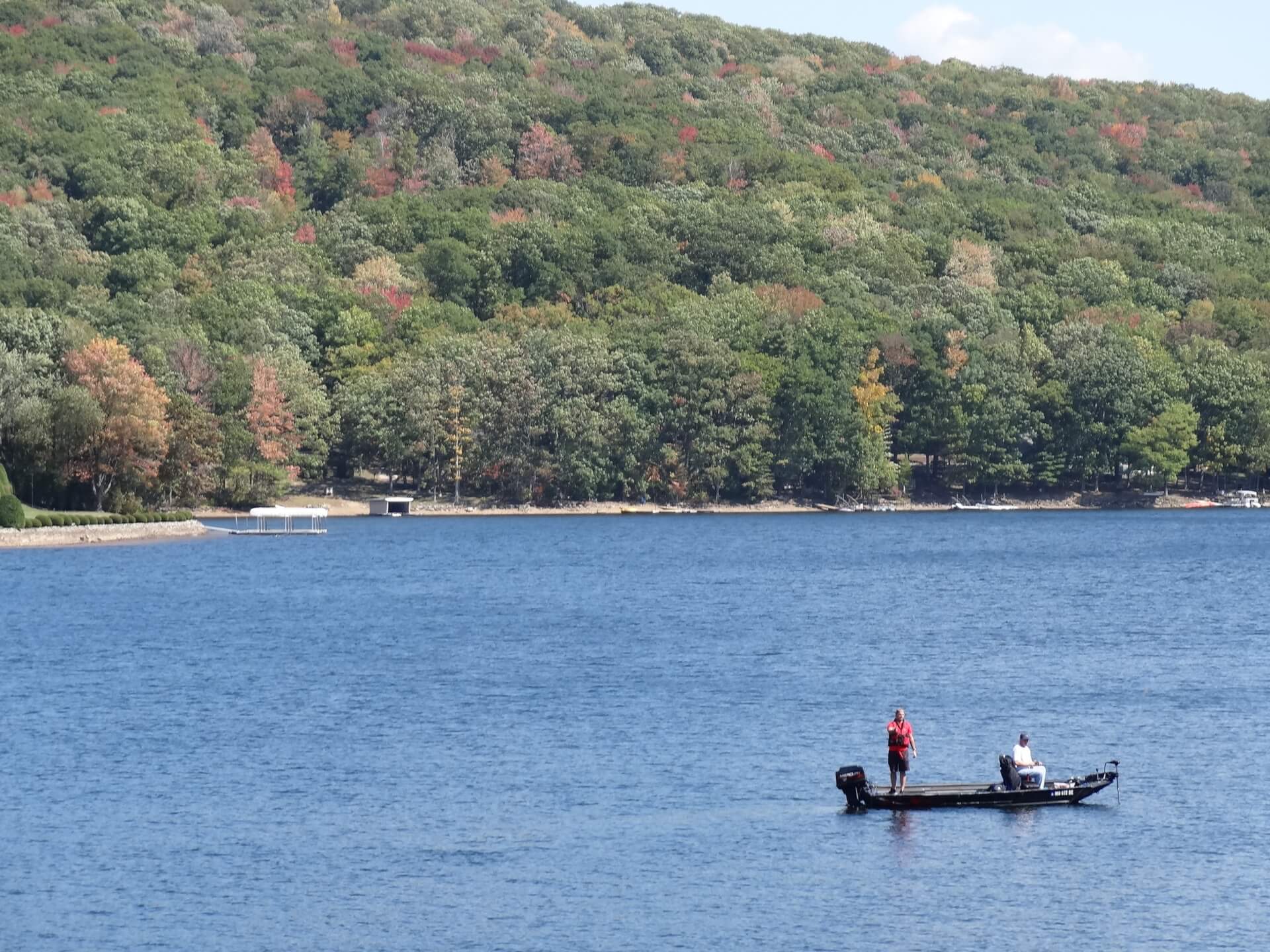
In 2020, the number of visitors to Maryland state parks is unprecedented.
According to the Department of Natural Resources, more than 17.1 million people visited Maryland’s state parks between Jan. 1 and late September, already surpassing the record number of visitors in the park in any year. In 2019, the state park system saw 14.8 million visitors.
“It’s very similar to park systems across the U.S. in terms of there being a surge in visitors,” said Amanda Mock, director of administration for the Maryland Park Service.
During the COVID-19 pandemic parks have been a respite for people who are stuck at home and find their usual vacation and recreation options closed, less attractive or unaffordable.
Through Labor Day Weekend, the Maryland Park Service reported a total of 248 capacity closures, compared to 101 by that time last year.
The most popular Maryland parks — Patapsco Valley in Ellicott City, Gunpowder Falls in Middle River, Sandy Point outside Annapolis, and Assateague near Ocean City — each draw more than one million visitors annually.
Parks closed most frequently because they’ve reached visitor capacity are Patapsco Valley, Greenbrier in Boonsboro, Sandy Point, Assateague and Cunningham Fallsin Thurmont.
But with 140,000 acres under Maryland Park Service management — from mountainous Garrett County in the west to Assateague Island off the Eastern Shore — there are plenty of choices.
Below are five parks that see many visitors, but don’t have many capacity closures, and five parks which see fewer visitors and are easily accessible.
More popular state parks
Rocky Gap State Park (2019 visitation: 524,000)
With over 3,000 acres of rugged mountains and pristine lakes, Rocky Gap State Park in Allegany County offers hiking, fishing and water sports.
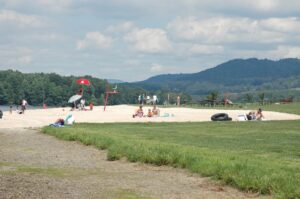
Rocky Gap State Park. Photo courtesy of Maryland Department of Natural Resources.
Its most prominent feature, Lake Habeeb, is known for having the “bluest water in the state.”
The lake is fed by Rocky Gap Run, a river that winds by sheer cliffs and forests through a mile-long gorge. Evitts Mountain overlooks the lake, where visitors kayak, boat and canoe.
The park also has an amphitheater, nature center and casino resort.
Deep Creek Lake State Park (2019 visitation: 621,000)
Deep Creek Lake in Garrett County is western Maryland’s premiere destination for swimming, relaxing on the beach or picnicking. At the six-square-mile man-made lake, you’ll find boaters, kayakers and fishers.
Nearby, 20 miles of trails wind through oaks and hickories and are accessible for hiking and mountain biking in spring, summer and fall, and for snowshoeing, cross-country skiing and snowmobiling in winter. The park also allows hunting in designated areas at specific times of year, as do many of Maryland’s state parks.
One trail leads to Brant Mine, a historic coal mine and homesite, dating to when the area was mostly a logging and coal mining region. Visitors can learn about the park’s history and cultural heritage at the Deep Creek Discovery Center.
Torrey C. Brown Rail Trail State Park (2019 visitation: 595,000)
The Torrey C. Brown Rail Trail is a 19.7 mile paved route that follows the former Northern Central Railway in northern Baltimore County.
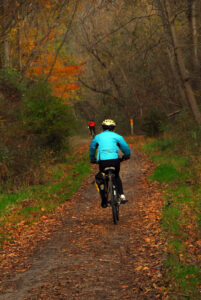
Torrey C. Brown Rail Trail. Photo courtesy of Maryland Park Service.
The original railway operated until 1972, connecting passengers between Baltimore, York, Harrisburg and beyond.
In the 1980s the abandoned rail line was purchased and turned into a recreational trail, which is used widely by bikers and joggers.
Along the path you can see old whistle posts, mile markers and light signals.
This park is managed as part of the Gunpowder Falls State Park complex.
Elk Neck State Park (2019 visitation: 476,135)
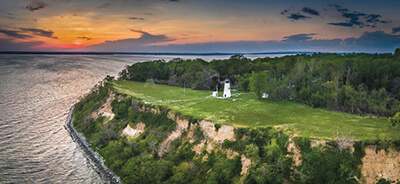
Elk Neck State Park. Image
courtesy of Maryland Department of Natural Resources.
Covering 2,370 acres of land and including 250 campsites, Elk Neck State Park in Cecil County spreads over marshlands, dense woods, shorelines and white clay cliffs.
Located where the Elk River flows into the Chesapeake Bay, the park is home to historic Turkey Point Lighthouse.
Visitors can hike, boat, hunt, fish and crab while looking over sweeping views of the Bay.
Point Lookout State Park (2019 visitation: 284,000)
Point Lookout in St. Mary’s County sits where the Potomac River runs into the Chesapeake Bay. With nature trails, water trails, beaches, a lighthouse and a fishing pier, the park combines recreation with a rich history dating to colonial times.
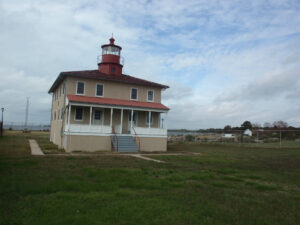
Point Lookout State Park. Photo by Christy Bright for Maryland Department of Natural Resources.
Explored early by Captain John Smith, Point Lookout was raided by British forces during the American Revolution, and used as a lookout post to watch British ship movements during the war of 1812. During the Civil War, Point Lookout served as a crowded army prison camp for Confederate soldiers.
Today, the park has a war memorial and cemetery, as well as a Civil War Museum.
Less popular state parks
Casselman River Bridge State Park (2019 visitation: 5,000)
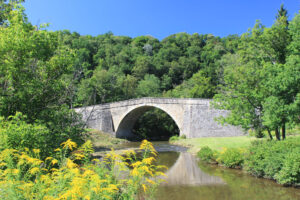
Casselman River Bridge. Photo by John Moore, Maryland Park Service.
Casselman Bridge, one of the oldest surviving bridges in the nation, was built in 1814 to connect parts of the federal government’s first public highway — the old National Road. When it opened to traffic in 1817, the bridge was the largest single-span stone arch bridge in America, and it helped create a wave of western expansion.
Lying in the far western corner of the state, just east of Grantsville, the historic bridge extends 350 feet and spans 80 feet over the Casselman River.
Since its construction, presidents James Monroe, Andrew Jackson, William Henry Harrison, James Polk, Zachary Taylor, and then-congressman Abraham Lincoln each crossed the bridge.
Today, visitors use the four-acre park for picnicking, fly fishing and photography. Just east of the park is Stanton’s Mill and the restored log cabin craft shops of Spruce Forest Artisan Village.
Sang Run State Park (2019 visitation: 6,000)
In the early 1800’s Sang Run State Park, in Garrett County, was a homestead called Friends Delight.
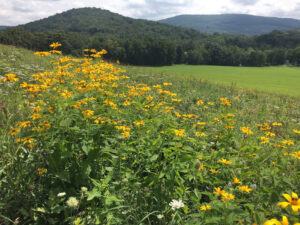
Sang Run State Park. Photo by Caroline Blizzard, Maryland Park Service.
The Friends Store, which served as a center of Sang Run’s community life, sells penny candy, old-time soda, local jams and souvenirs (when not closed, as it has been recently, because of the pandemic).
Visitors fish, picnic and relax along the wild and scenic Youghiogheny River and run its Class V whitewater rapids. A mile-long loop trail passes farm fields, trees, meadows and a private family cemetery.
In the summer, Sang Run offers guided bird hikes, hay rides and Dutch oven cooking demonstrations.
Patuxent River State Park (2019 visitation: 16,100)
Patuxent River State Park encompasses the headwaters of the Patuxent River — which runs 115 miles into the Chesapeake Bay.
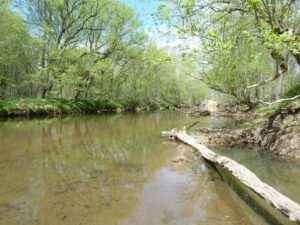
Patuxent River State Park. Photo courtesy of Maryland Park Service.
The park, in Howard and Montgomery counties, follows 12 miles of the river through 6,700 acres of natural, wild and farm lands.
Visitors hunt, fish, mountain bike, hike and horseback ride, as the park includes a catch-and-release trout stream, designated hunting areas and unmarked hiking and equestrian trails.
Merkle Natural Resources Management Area (2019 visitation: 21,000)
Over 220 species of birds have been spotted in Merkle, where lowland forests, open fields, swamps and marshlands offer perfect opportunities to watch wildlife.
Home to one of the most diverse bird populations in Maryland, Merkle, in Prince George’s County, is also wintering ground for the largest concentration of Canada geese on the Chesapeake Bay’s western shore.
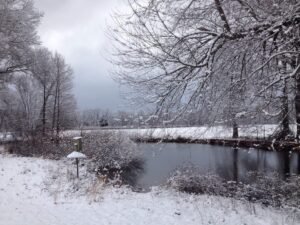
Merkle Natural Resources Management Area. Photo courtesy of Maryland Park Service.
It was named after conservationist Edgar Merkle (1900-1984), who devoted much of his life to protecting wildlife.
In addition to birds, visitors can spot red foxes, groundhogs, and more while hiking, biking and fishing there.
Inside the visitor center, a large bird-viewing area has binoculars and field identification books. Outside, there are five stocked fishing ponds and four hiking trails.
Janes Island State Park (2019 visitation: 62,000)
Near Crisfield on the Eastern Shore, Janes Island offers a pristine look at the Chesapeake Bay.
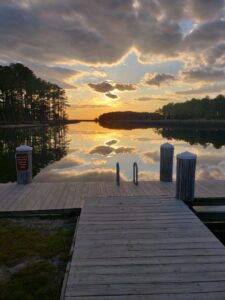
Janes Island State Park. Photo by Vince Hitchens for Maryland Department of Natural Resources.
Stunning views and isolated beaches abound, with over 2,900 acres of saltmarsh and over 30 miles of water trails.
Visitors fish, crab, motor boat, paddle and bird watch. Camping is also available at the park, and three backcountry campsites can be found on the water trails for overnight expeditions.
Did someone send you this story? Sign up to have our daily newsletter sent to your email in-box six mornings a week. Free.
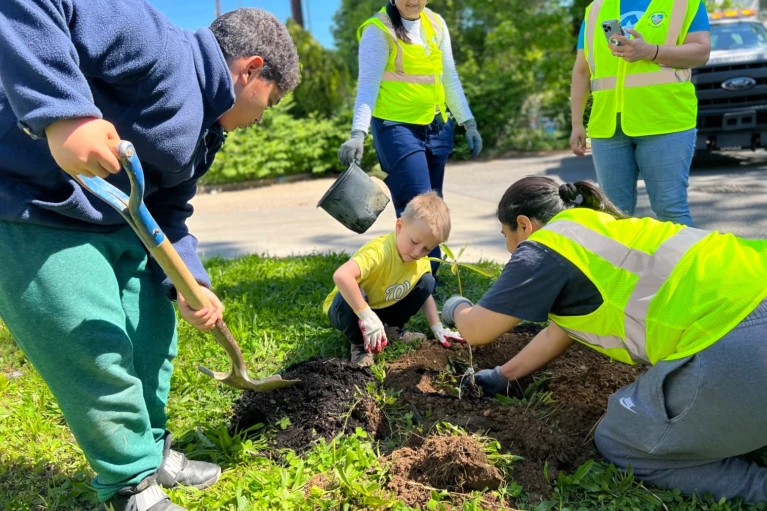
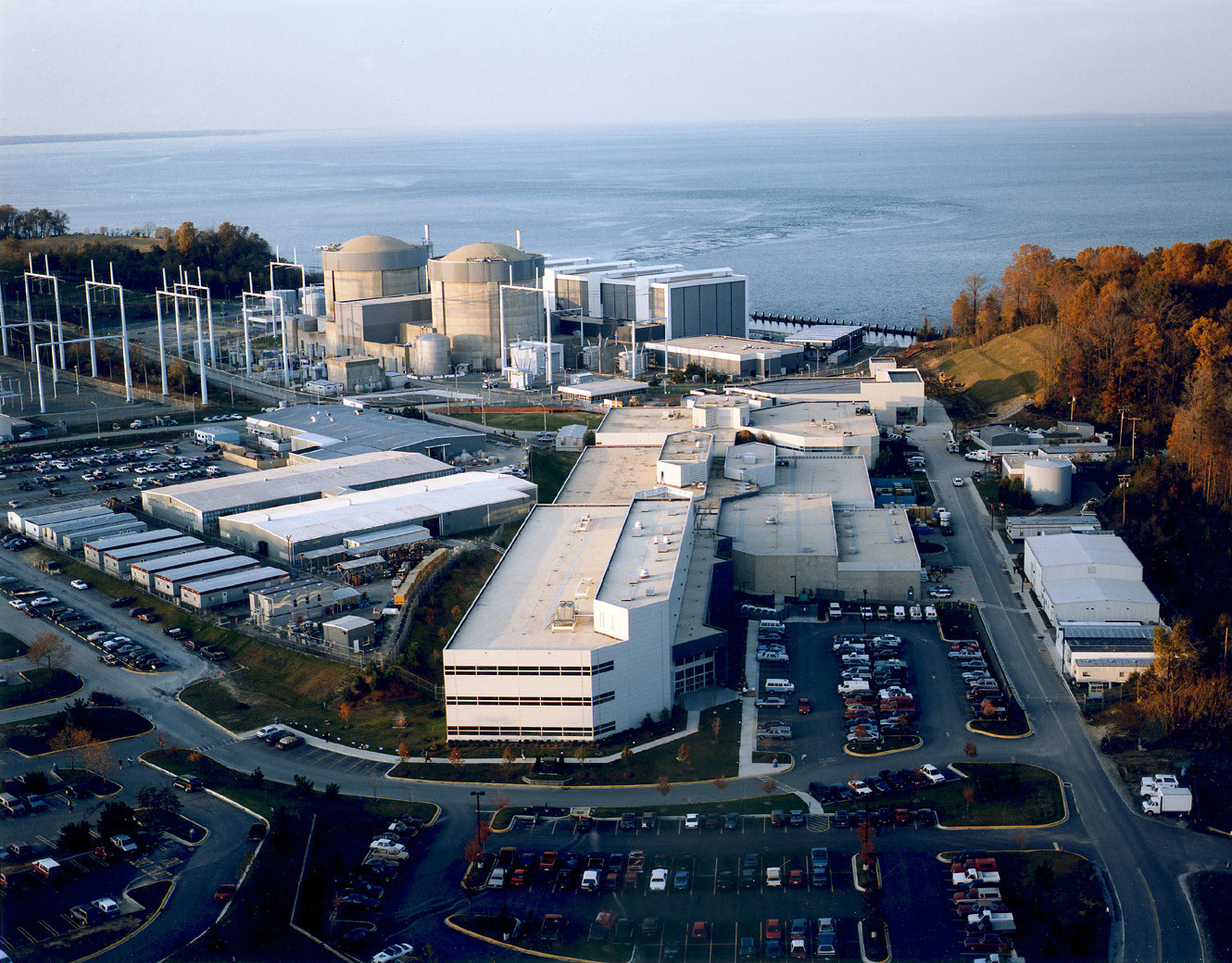
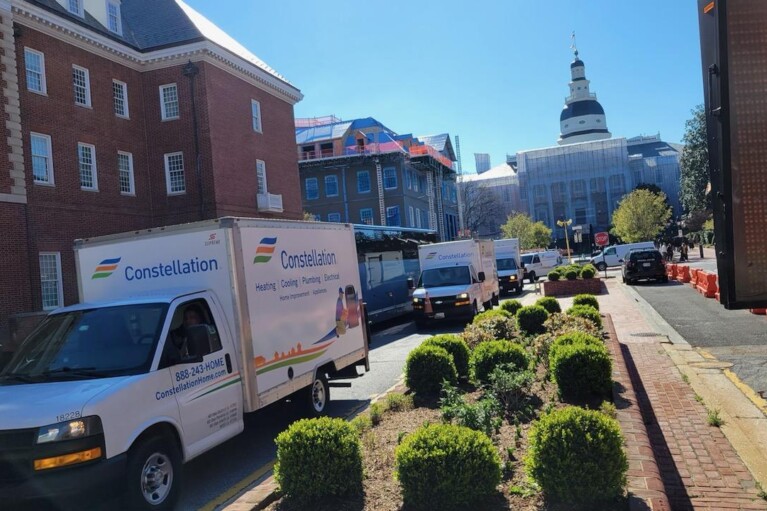
 Creative Commons Attribution
Creative Commons Attribution